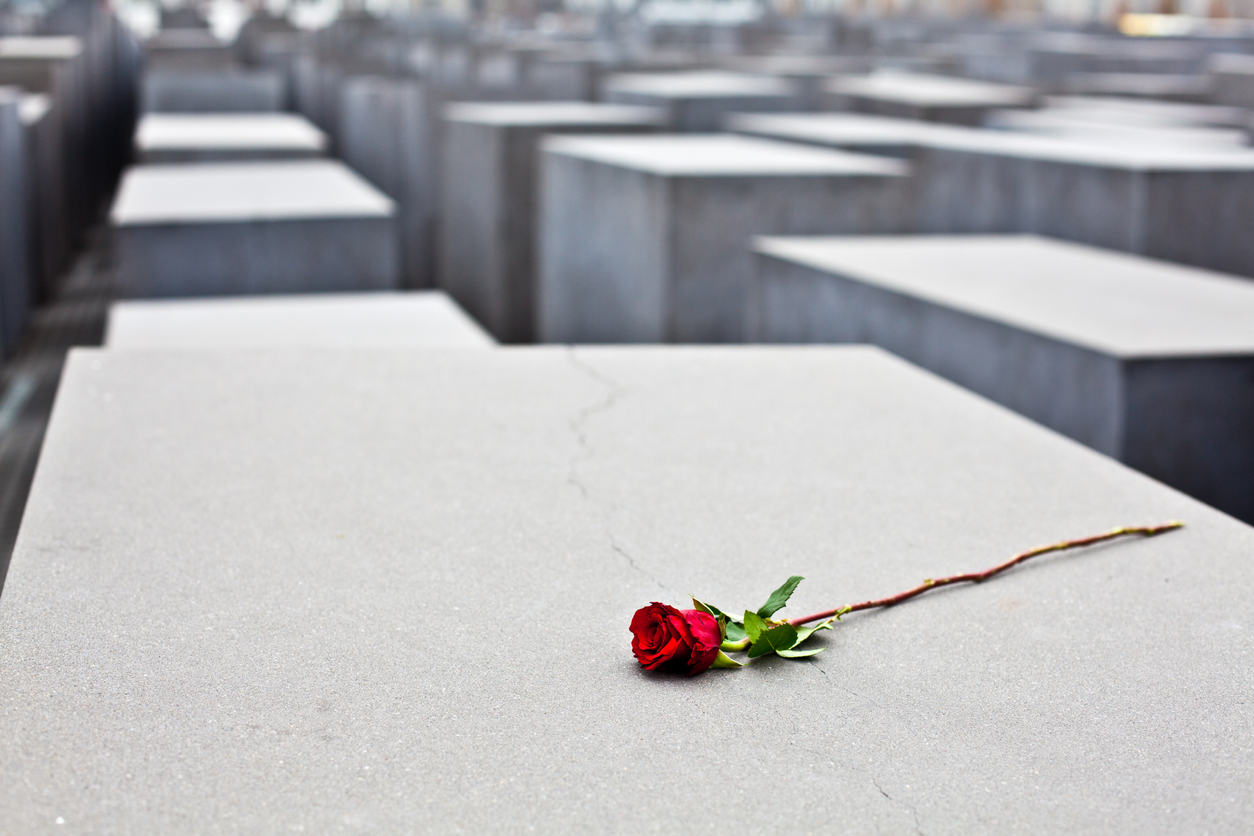Back in 2015, The United Nations consolidated a list of 17 global goals, in order to plan ahead for the improvement of the planet and its people.
Also referred to as the Sustainable Development Goals, they are a call to action across the world, with an ambition to have achieved these goals by 2030.
But how does this mission hope to transform lives and the environment? Let’s break down each objective to find out:
1. No poverty
“Poverty is the worst form of violence”
Mahatma Gandhi
Although poverty is defined and measured in many different ways, we can globally agree on this: no one should fear for their survival every day, without being able to provide the basic necessities for themselves and their family.
So what is the goal? To end poverty in all its forms everywhere. 700 million people still live in extreme poverty. Even if you are not one of these people, we are all linked as human-beings; economic growth is undermined by inequality, as well as social cohesion.
Unrest and conflict is more likely when there is stark injustice and 55% of the world’s population still have no access to social protection. But is this goal realistic? It is strongly believed that in 20 years, poverty could be eradicated worldwide.
2. Zero hunger
“Hunger is not an issue of charity. It is an issue of justice”
Jacques Diouf
Since food is imperative to survival, we must be taking action to ensure everyone has access to it, everywhere. This goal sets out to end hunger, achieve food security and improved nutrition and promote sustainable agriculture.
What is the widespread impact driving this goal? Sustainable development is stunted by malnutrition and hunger, so it has a knock on affect for education, health, social development and gender equality.
In 2017, approximately 821 million people were undernourished: an incredibly shocking statistic. In order to build a brighter future for all, it is absolutely necessary to tackle this issue and achieve zero hunger.
3. Good health and well-being
“Health is the greatest possession”
Lao Tzu
Protecting the health and well-being of all citizens should be a priority. This objective promotes healthy lifestyles, preventive measures and modern, efficient healthcare.
Goal 3 aims to ensure healthy lives and improve well-being for all, at all ages. This matters if we want to create strong and thriving societies across the globe.
Although healthcare should be available to all, at least half the world’s population is still without access to essential health services. Poor health and well-being can lead to low life expectancy and the spread of fatal disease, while health emergencies can create bankruptcy and poverty.
4. Quality education
“Education is the most powerful weapon which you can use to change the world”
Nelson Mandela
It is so important that everyone, everywhere has access to good education. After all, knowledge is power. This goal plans to ensure inclusive and equitable quality education and promote lifelong learning opportunities for all.
However, a shocking 261 million children and adolescents remain out of school. Since it is easier to break from the cycle of poverty if an individual is educated, socioeconomic mobility is enabled by education.
Also, gaining knowledge could provide individuals with a certain degree of autonomy, empowering them to think and act independently. Plus, peaceful societies are more likely to exist where education encourages tolerance and understanding of other people.
5. Gender equality
“I do not wish women to have power over men; but over themselves”
Mary Wollstonecraft
The sooner we place different genders on a level playing field, the better, as equal opportunities and respect will allow everyone to flourish. The 5th goal is to achieve gender equality and empower all women and girls.
Gender inequality stagnates social progress. As women and girls constitute half of the world’s population, they need to be acknowledged as equal to men, through being represented in all corners of life.
Women and girls continue to be victims of violence, child marriage and cruel practices. And disadvantages in education lead to unequal opportunities. Empowering women and girls is imperative to expanding social development and economic growth.
6. Clean water and sanitation
“You will never solve poverty without solving water and sanitation”
Matt Damon
The spread of disease, even causing death, can and must be prevented by working towards improving water and sanitation conditions globally.
The aim is to ensure availability and sustainable management of water and sanitation for everyone. Sustainable Development Goals cannot be achieved without proper water and sanitation.
Disturbingly, half of the world’s population is already experiencing severe water scarcity at least one month a year, yet access to water, sanitation and hygiene is a human right.
7. Affordable and clean energy
“It’s very important that we expand our use of clean energy and make a long-term commitment to it”
Julia Roberts
With the environment in mind, sustainable energy is the way forward. This goal sets out to ensure access to affordable, reliable, sustainable and modern energy for all.
With climate change at the heart of this goal, it is extremely important to confront the harmful impact many of our major sources of energy production are having on the environment.
All sectors are supported by a well-established energy system, including infrastructure, agriculture, communication, high-technology, businesses and medicine and education. Clean and affordable energy should be accessible to all, yet there are still places where people are deprived of it.
8. Decent work and economic growth
“Decent work is at the heart of the search for dignity for the individual, stability for the family and peace in the community”
Juan Somavia
The 8th goal promotes sustained, inclusive and sustainable economic growth, full and productive employment and decent work for everyone.
This matters an awful lot, as when more people are being productive and contributing to their country’s growth, society as a whole benefits. Decent work is defined as work that provides a fair income and is productive.
Avoiding detrimental unemployment, decent work enables content and peaceful societies that are democratic and fulfilling. In addition work and income considerably empower individuals.
9. Industry, innovation, and infrastructure
“Innovation is the ability to see change as an opportunity – not a threat.”
Steve Jobs
The aim is to build resilient infrastructure, promote inclusive and sustainable industrialization and foster innovation.
Whilst basic infrastructure, such as roads and water, is needed for society to function, many developing countries have limited access to, or are without, these necessities.
Standards of living can be improved by the growth of new industries, whilst sustainable developments can also have a positive impact on the environment.
10. Reduced inequalities
“Inequality is the root of social evil”
Pope Francis
There is unjust inequality across the globe, which can only be tackled through awareness and compassion. The 10th goal pledges to reduce inequality within and among countries.
But what is the lasting impact of inequalities? Long-term social and economic development is threatened, poverty reduction is less likely and feelings of self-worth are obliterated. As a consequence, crime, disease and environmental damage can increase.
16,000 children die each day from preventable diseases such as measles and tuberculosis. As inequalities spread across all different countries, we are interconnected. Therefore, we should be concerned by inequality everywhere.
11. Sustainable cities and communities
“A society is defined not only by what it creates but also by what it refuses to destroy”
John Sawhill
With a growing conscience regarding sustainability, we need to take responsibility for our environment. This goal aims to make cities and human settlements inclusive, safe, resilient and sustainable.
Urbanization comes with many pitfalls, such as pollution and inequality. As 60 per cent of the world’s population will live in cities by 2030, focusing on sustainability should be a number 1 priority.
Whilst it is costly to implement sustainable developments, the benefits are huge. The quality of life, the environment and economic growth are all improved by sustainable solutions.
12. Responsible consumption and production
“Nature provides a free lunch, but only if we take a certain amount.”
William Ruckelshaus
We must increase awareness around responsible consumption and production, in order to protect the environment. This goal hopes to ensure sustainable consumption and production patterns, across the globe.
Our future development and very survival is threatened by environmental degradation. This damage will be irreversible if we fail to take suitable action now.
A good start can be by altering patterns of consumption and production, like reducing food waste and using reusable bottles and bags to avoid single use plastic.
13. Climate action
“We are living on the planet as if we had another one to go to.”
Terry Swearingen
The Extinction Rebellion protests that took place in London and elsewhere in 2019 ensured that climate change was being spoken about more and more. Understanding of the urgency of tackling this problem has increased.
This goal pledges to take action to combat climate change and its impacts. Although it is easy to turn a blind eye, in reality people’s lives are being affected by climate change, such as severe weather and rising sea levels.
Climate change is not invisible. It is happening at a much faster and higher rate than we could have imagined. If we do not take action, ecosystems will be destroyed and our planet as we know it will be permanently damaged.
14. Life below water
“No water, no life. No blue, no green”
Sylvia Earle
There is growing concern about plastic in our oceans, especially heightend by the spread of images and documentaries which show the damage.
The 14th goal hopes to conserve and sustainably use the oceans, seas and marine resources for sustainable development. Our oceans provide important resources such as biofuels, medicines and foods.
Maintaining healthy oceans is key to reducing climate change, protecting recreation and continuing tourism. Importantly, over 3 billion people depend on marine and coastal biodiversity for their livelihood.
15. Life on land
“…conservation of land and conservation of people frequently go hand in hand”
Eleanor Roosevelt
We need to turn our attention to how we can effectively sustain life on land.
This goal sets out to protect, restore and promote sustainable use of terrestrial ecosystems, sustainably manage forests, combat desertification, and halt and reverse land degradation and halt biodiversity loss.
Horrifyingly, 1 million plant and animal species are at risk of extinction. An estimated 20 per cent of the Earth’s land area was degraded between 2000 and 2015. Something must be done.
16. Peace, justice, and strong institutions
“True peace is not merely the absence of tension: it is the presence of justice”
Martin Luther King Jr
It is crucial to consider and monitor the nature of institutions across the world, to uphold justice and peace.
The 16th goal promotes peaceful and inclusive societies for sustainable development, provide access to justice for all and build effective, accountable and inclusive institutions at all levels.
20 million people are refugees, over 41 million people have been internally displaced, and at least 4 million people are stateless. But, people have a right to be free and safe everywhere.
17. Partnerships for the goals
“Alone we can do so little; together we can do so much”
Helen Keller
Everyone must come together. This goal aims to strengthen the means of implementation and revitalize the global partnership for sustainable development.
As the agenda is universal, responsibility to take the required action is shared. And with such major challenges, a team effort is absolutely necessary.






